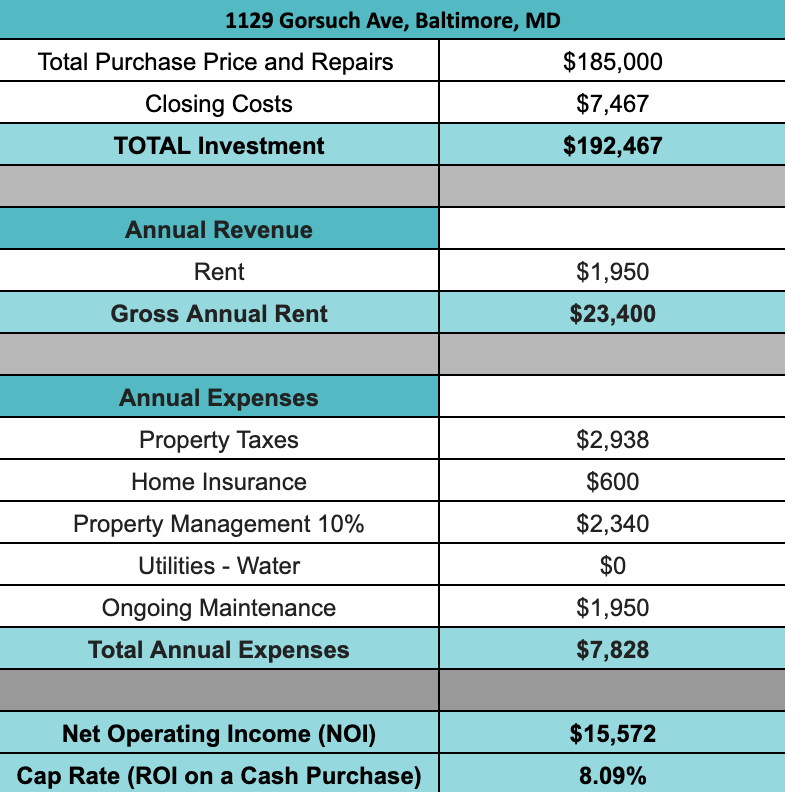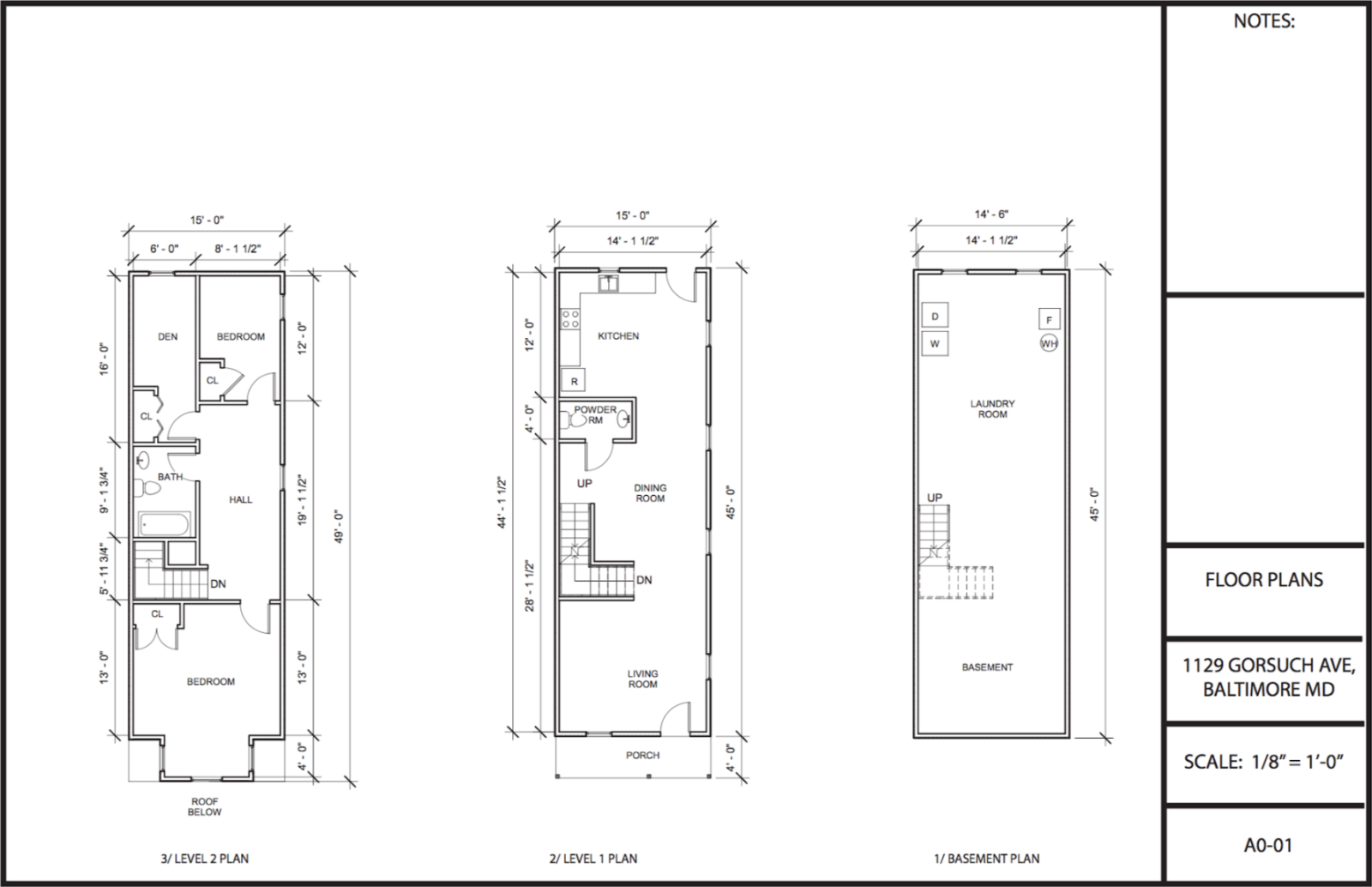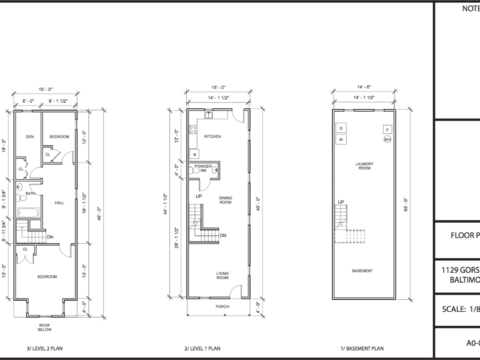We originally renovated this home back in 2018 and it’s been tenant occupied and cash flowing ever since. It’s been refreshed a couple of times between tenants along the way and today it’s coming back to the market ready for the next owner, with a cash flowing tenant already in place.
This house sits in one of our favorite campus neighborhoods of Waverly. If you’ve been on our correspondence list for awhile you know the drill, but if not, here it is. You’ll see just down the street we’ve got Johns Hopkins, Loyola, Notre Dame, St. Elizabeth, Waverly Elementary, Baltimore City College and Morgan State. So put simply, this is the right place to own a rental property.
This is one of the cutest little houses in our managed portfolio and if you do comparable sales research, you will see it continues to climb in value year after year. So it will make a great addition to your cash flowing rental portfolio.
Looking forward to answering your questions! -Cris


More About Waverly Community

Waverly ZIP codes: 21218
A historic village in the heart of Baltimore, Waverly is a safe, culturally diverse neighborhood with an active community life, innovative schools, affordably priced housing, and a strong sense of community. Conveniently located near I-83, York Road and major bus connections, Waverly provides easy access to downtown Baltimore, Towson, and the beltway. Solid working/middle class neighborhood, with a high percentage of home ownership. Very active community association (Waverly Improvement Association) with lower than average crime stats (according to Northern Police District). Ancient Waverly, when it came into being, was called “Huntingdon,” from St. John’s Episcopal Church, Huntingdon the community’s oldest church, dating from the 1840s. In 1840 the town of Waverly included six buildings all clustered near the 3100 block of York Road: a shoemaker’s shop, a corn husk depot, a blacksmith, and three small stone houses. The shoemaker, Jacob Aull, was an immigrant from Bavaria whose sons built the houses in Waverly’s first housing boom and whose daughter Louisa became a neighborhood historian. Surrounding this little village, away from York Road, there were still the estates, summer houses, arboretums and horse farms of the affluent. In 1866, a large parcel of land, much of it previously used for pasture and farming, was bought and divided into lots. New avenues were laid out. More houses were built, as were the first firehouse, the town hall, and finally the Post Office. Obtaining the Post Office led to the change of name to Waverly, after Sir Walter Scott’s first novel, Waverley, to avoid confusion with the myriad Huntingdons. With rural origins and a history as a suburban village, by 1974 Waverly was considered representative of an urban community, and was used as such by the Gallop Poll. Residents of the 900 block of Homestead Street were asked whether Nixon should resign. According to the story, the first residents alerted all the others to be home and answer the door, and soon the President was gone.




Behind The Scenes
















































